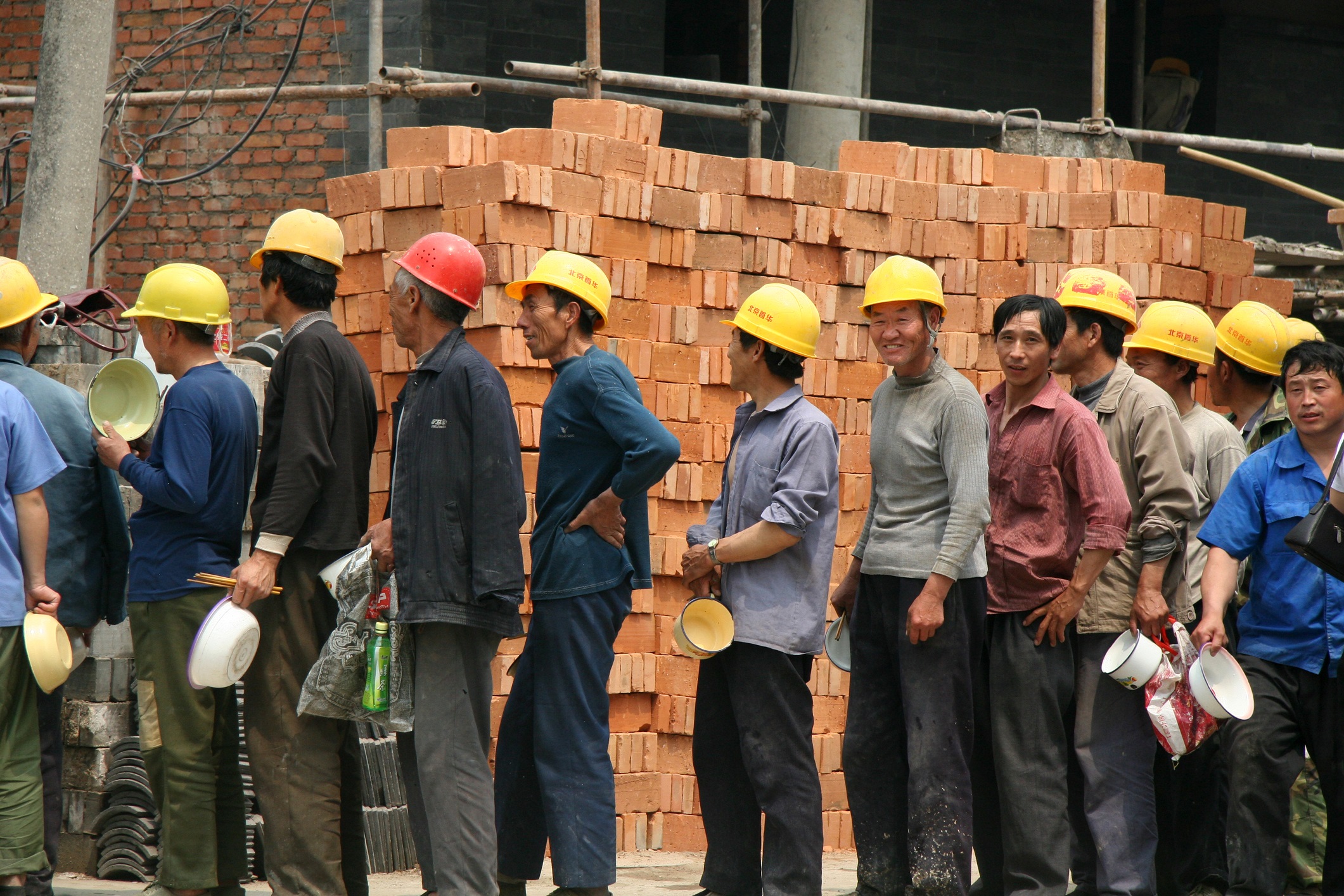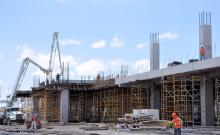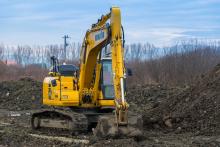
Construction output in Northeast Asia is forecast to record a 4.2% growth and reach US$4.71 trillion in 2022 compared to $4.52 trillion in 2021. It will account for 39% of the projected $12.19 trillion of global output this year. However, the growth of construction output in Northeast Asia in 2022 has been revised downwards by 0.8% this quarter due to the slowing construction activities across the region, says GlobalData, a leading data and analytics company.
GlobalData’s report, ‘Construction Market Size, Trends and Growth Forecasts by Key Regions and Countries, 2022-2026’, reveals that only China, Taiwan and Japan recorded real construction output growth in 2021. The remaining construction industries of the region recorded a second successive contraction last year, with the pandemic-induced scarring of potential construction output deepening as a result.
Out of the construction industries which contracted last year, only South Korea is expected to recover to its pre-pandemic output this year. A cause for further concern is the slowing of activity in the Chinese construction industry, the largest in Northeast Asia and globally, with growth slowing to just 2.1% in 2021 and headwinds mounting in the first quarter of this year.
Willis Rooney, Economist at GlobalData, comments: “The growth of construction output in Northeast Asia slowed in the final quarter of last year, primarily due to another weak period of construction activity in the Chinese residential sector. Regional growth in 2021 dropped to just 1.9%, with the growth of the Chinese construction sector standing at 2.1%.
“Government restrictions on debt growth at Chinese real estate developers are expected to soften new residential development in the short term, and this is expected to be further exacerbated by falling home prices and sales volumes.”
Elevated debt levels at Chinese local governments may further temper the construction growth in China this year, with the capacity of local governments to invest in public infrastructure development constrained.
Rooney concludes: “A tightening of restrictions in Hong Kong and the lockdowns of Shenzhen and Shanghai in China following severe outbreaks of Omicron are likely to have weighed on construction activity in the first quarter of this year. However, with an ambitious economic growth target of 5.5% set at China’s National People’s Congress in March 2022, further fiscal stimulus and an easing of monetary policy are expected this year, which will underpin regional construction growth in 2022.”










